It has been an incredibly busy year for the University of Lethbridge on a number of fronts. From groundbreaking research activities to hosting national events to serving as a shelter for the province’s greatest storm, the U of L has been front and centre.
As we wrap up 2013, we’ve compiled a sampling of some of the major activities that took place in and around the University this past calendar year. This is by no means a comprehensive list, nor is it a ranking, rather it is simply a snapshot of the many ways in which the U of L impacts the world we know.
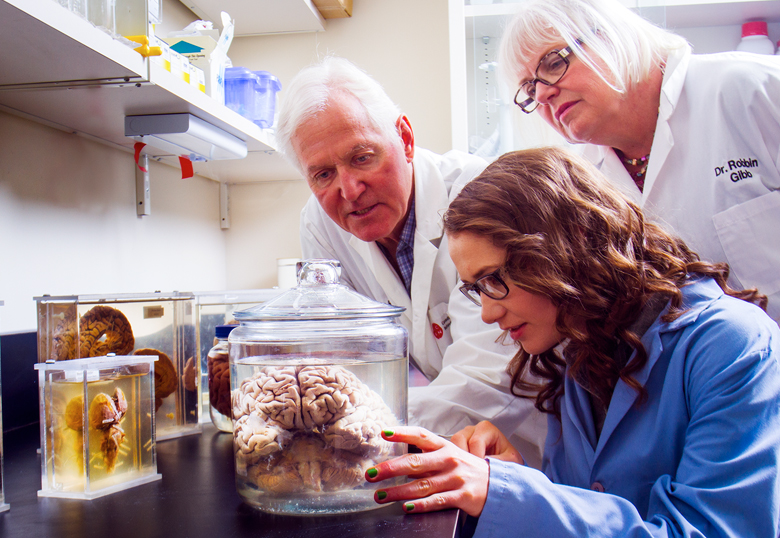
Government of Alberta dedicates $200 million to the Destination Project
In December, the University announced a $200-million investment from the Government of Alberta to the Destination Project. What promises to be a transformative project that will shape the University’s future for the next 50 years, it will involve the construction of new science facilities, a new energy plant and the revitalization of the original University Hall.
“I cannot overstate how momentous this day is to the future of the University of Lethbridge and southern Alberta as a whole,” said University of Lethbridge President Dr. Mike Mahon. “This is the most significant development of our Lethbridge campus since University Hall was completed in 1972.
“The Destination Project will contribute to Alberta’s ability to recruit the best and brightest scientific talent to our province, but it is more than a teaching and research space. Rather, it is a place for community engagement and outreach; a research incubator; a place where undergraduate and graduate research opportunities develop; where knowledge transfer and commercialization happen; a place where the next generation of researchers, scientists and scholars credit for the start of their science careers.”
Rowing for research
In January, a seemingly impossible journey began off the coast of Dakar, Senegal and the University of Lethbridge was well represented.
Adam Kreek, a Canadian Olympic rower, set off on a trek with three other distance rowers, Markus Pukonen, Pat Fleming and Jordan Hanssen, as they attempted to row unassisted for more than 3,700 nautical miles to Miami, Florida.
Along the way, researchers from the University of Lethbridge, led by the late Dr. Rick Mrazek of the Faculty of Education, tracked their progress and collected data for a number of studies.
Followed by students in community classrooms, the trek received a massive amount of media interest. Unfortunately, the mission came to a dramatic conclusion in early April when the crew’s 29-foot boat was capsized by a massive wave off the coast of Puerto Rico. The crew members all survived the ordeal and the boat was eventually recovered.
We love our Canadian football
Dr. Reg Bibby (sociology) has always had an interest in Canadiana, and much of his research work involves tracking trends related to Canadian popular culture.
In advance of the November Grey Cup game, Bibby worked with Angus Reid Global to test Canadians on their sporting tastes. His findings, particularly in relation to the growth of football popularity, were featured in media across the nation.
Bibby specifically looked at not only whether Canadians loved football, but also drew a picture of our taste for both Canadian and American football and whether the National Football League could ever be welcomed in Canada. His conclusion was that the NFL could make a go, but only if the Canadian Football League would also remain strong, was a topic of interest throughout the country.
Herschel goes silent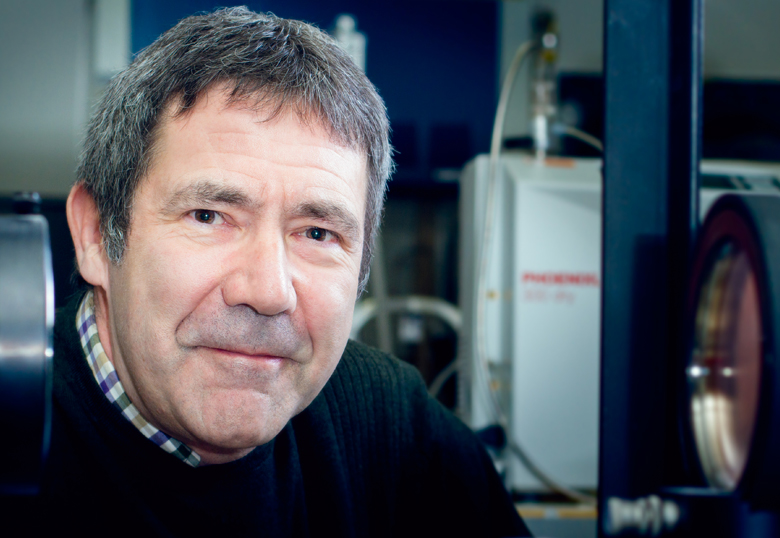
A pioneering space imaging mission that sent a scientific instrument co-developed by University of Lethbridge researcher Dr. David Naylor on a 1.5 million kilometer trip to deep space came to its conclusion in March when the Herschel Space Observatory finally went dark.
Naylor and his team of researchers led Canada’s contribution to the Herschel project on behalf of the Canadian Space Agency. Their instrument, called the Spectral and Photometric Imaging Receiver (SPIRE), was one of three devices attached to Herschel. It was designed to pick up heat and chemical signals not visible by optical telescopes, and turn the data collected into amazing images and information used to learn more about the life and death of stars and galaxies.
Naylor and his cohorts are now busy in the five-year post operation phase of the project, where the data obtained is used to develop improved calibration algorithms to allow the most information to be extracted from the images.
University welcomes High River evacuees
When floodwaters began to rise in Central and southern Alberta in late June, nobody could have predicted the devastation that would eventually occur.
The University of Lethbridge, although a long way from the flood zone, became a very important location to a number of flood victims as the summer wore on. With much of their town under water, High River residents were forced into a number of makeshift shelters as they waited for the floodwaters to subside. The U of L stepped up and made available its residence buildings throughout the month of July. Over the course of the month, anywhere from 200 to 400 evacuees called the U of L their temporary home, many of which were families with small children.
While at the University, evacuees had access to all the U of L amenities, including the Max Bell Regional Aquatic Centre, the fitness centre, cafeteria and so on. Many children took part in summer camps and for a brief window of time, some normalcy and routine was returned to their lives.
Survival of the fabulous: Vasey research on the Nature of Things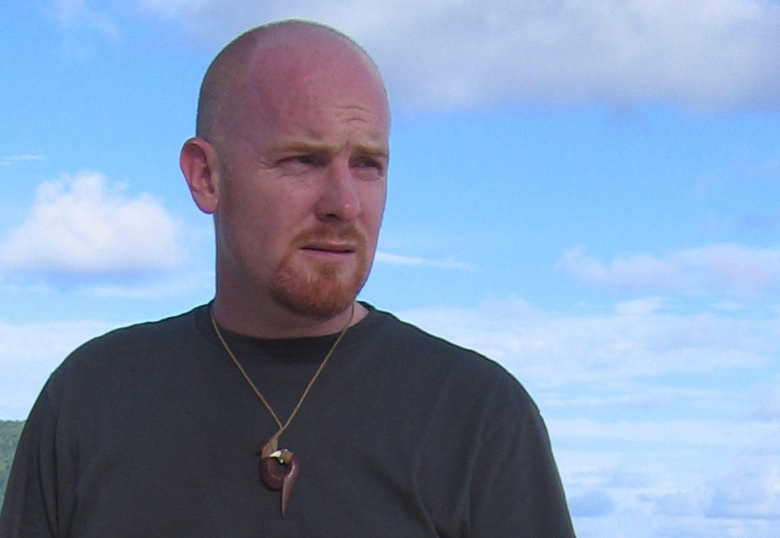
Psychology professor Dr. Paul Vasey was all over the newswire in November when his research on the Samoan fa’afafine went mainstream with a spot on David Suzuki’s The Nature of Things.
Vasey’s research into the ‘third gender’ biological males who live as women, was a key ingredient of the program and brought to light the evolutionary debate about why homosexuality survives despite it being a trait that seems to prevent reproduction.
Alumnus takes a stand against bullying
Manwar Khan, a 37-year-old IT professional, saw his life change in an instant when he witnessed a brutal beating on an Edmonton LRT train. Powerless to stop the attack, he struggled coming to terms with the victim’s eventual death and decided to take action.
In April, Khan staged the first of three anti-bullying rallies he would hold across the province. His first, in Edmonton, attracted city officials, concerned citizens and multiple media outlets.
“I want to encourage people to stand up against bullying, not just stand by,” said Khan.
With support from the U of L, the proud alumnus would go on to host rallies in both Calgary and Lethbridge, furthering the community-minded attributes he acquired during his time as a University of Lethbridge student.
Protocol handbook a guide for FNMI inclusion
What began as an exercise in process turned into a major leap forward for the First Nations, Métis and Inuit community at the University of Lethbridge.
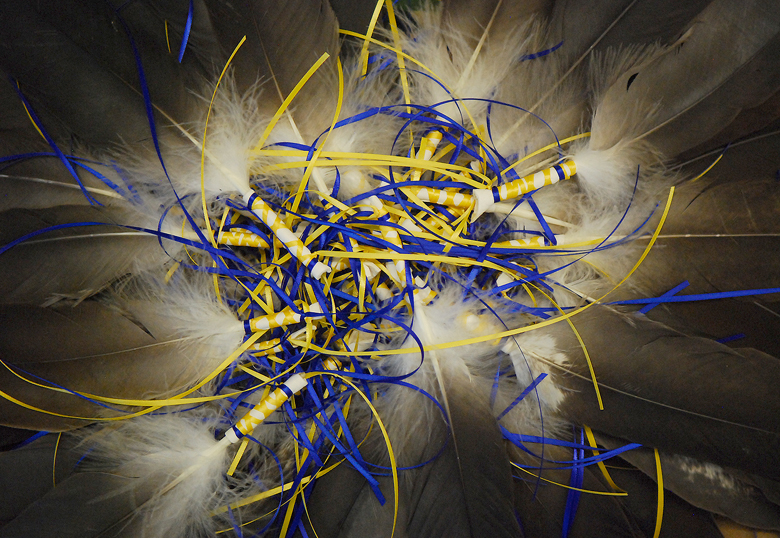
The creation of the FNMI Protocol Handbook has initiated a unique way of sharing knowledge between the FNMI community and the University and ensured that the significance of FNMI traditional activities will endure at the U of L.
The subject of a CBC television and radio feature story, the handbook received a great deal of media attention when it was released.
Dr. Leroy Little Bear (BASc (BA) ’72, DASc ’04), professor of Native American Studies and the FNMI Advisor to the President, says the handbook is more than a simple document, rather it is a living text that will continue to evolve as does the University and its relationship with the FNMI community.
“I was recently telling my class that one of the most profound ways that humans learn is through exchange with other humans and exchanges of ideas and experiences,” says Little Bear. “Not much learning occurs in a vacuum. The University of Lethbridge has developed and continues to foster these relationships, and I am very pleased to have had a role in developing this resource, which provides a foundation for ongoing exchange that we hope enriches the educational experience at the University of Lethbridge.”
Nurturing the next generation of scientists
The University hosted one of the largest events it has ever staged in May when it opened its doors to more than 1,100 students, chaperones, judges and sponsors at the 2013 Canada-Wide Science Fair.
The venue was perfect for the fledgling scientists as they had the opportunity to take part in Discovery Day, a chance to learn about the exciting multidisciplinary research activities that take place on a daily basis at the u of L.
The amazing event went off without a hitch and close to $1 million in cash, prizes and scholarships were handed out to the best student presentations.
All the while, the southern Alberta community was treated to some incredible science from the next generation of researchers.
Rankings tell us what we already know
The University of Lethbridge has never been about defining itself through external ranking devices but when the rankings consistently show the institution as one of the country’s best, it’s hard not to take it as a feather in the cap.
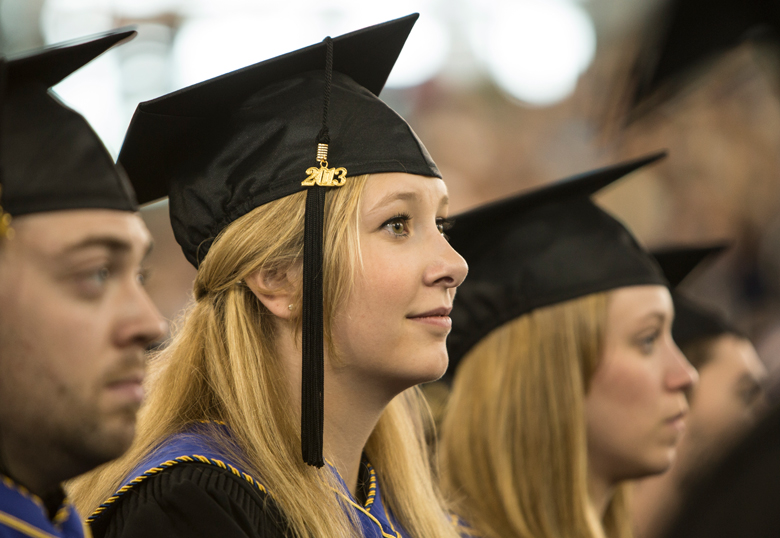
This past year, the U of L maintained top-three national rankings in both Maclean’s and Research Infosource. But rather than the ranking, it was the way in which the University achieved its lofty status that pleased President Mike Mahon.
“We’re very pleased that the ranking indicators reflect many of the University’s fundamental priorities, notably our philosophy of creating a supportive atmosphere for our students in a setting that fosters academic excellence and engaging research opportunities,” said Mahon. “All of this would not be possible without the contributions of our faculty and staff who have embraced the U of L’s vision and made the University a destination of choice for our students.”
At the end of the day, it is all about creating opportunities for success for our students and the U of L will continue with that as its guiding principle for years to come.
